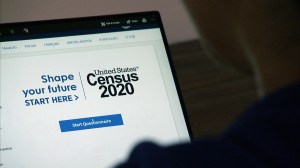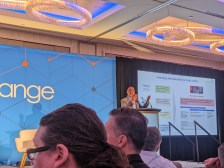Census Bureau seeks small business to develop 2030 census IT strategy

The Census Bureau wants a service-disabled veteran-owned small business to provide technology engineering management and integration services that improve upon the 2020 census for 2030’s, according to a request for information posted in early April.
Whichever contractor the Decennial IT Division chooses would establish strategies, roadmaps, engineering management processes and technology research initiatives to create a solution architecture for the 2030 census.
The first “online census” in 2020 undercounted the Black, American Indian reservation and Hispanic populations, after the COVID-19 pandemic and the Trump administration’s shortening of the response deadline delayed integration testing of 12 IT systems. This time the bureau seeks a “skillfully integrated, efficient, scalable and secure system of systems.”
“Given the criticality of the early work performed under this contract to the success of the decennial program, the DITD is interested in forming a partnership that builds upon the innovations of the past decade, applies the lessons learned from the 2020 census, enhances the quality of the decennial census, reduces overall cost, and meets required timelines,” reads the notice posted to SAM.gov on April 8. “The DITD seeks a partner who demonstrates an understanding of and dedication to the decennial mission and/or major field data collection operation across the United States and U.S. territories [and] has a history of excellence and leadership in systems engineering and integration for large-scale government programs.”
The bureau wants this early decade contract to ensure “maximum flexibility” to accommodate later 2030 census design decisions and finalization, according to the request for information (RFI). The 2030 census is currently in the operational design selection phase slated to run until fiscal 2024, when the IT solution development and integration phase begins and runs through fiscal 2029.
An IT strategy and roadmap must include a program timeline with milestones; identify technology gaps; and address systems, technologies and their integration, according to the statement of work.
The awardee will further be responsible for IT organization and the framework outlining all participating service providers’ roles and responsibilities, as well as establishing governance entities.
Other contractor responsibilities include integrating and documenting the 2030 census IT architecture; overseeing evaluation of innovative, alternative technologies; and project management.
The RFI asks interested vendors about their experience with such planning, strategies they’d employ for managing service providers over a decade, how they’d deploy a field mobile data collection solution, and research needed to modernize census data collection and analysis for speed and accuracy.
Interested vendors must respond by 5 p.m. ET Wednesday.





